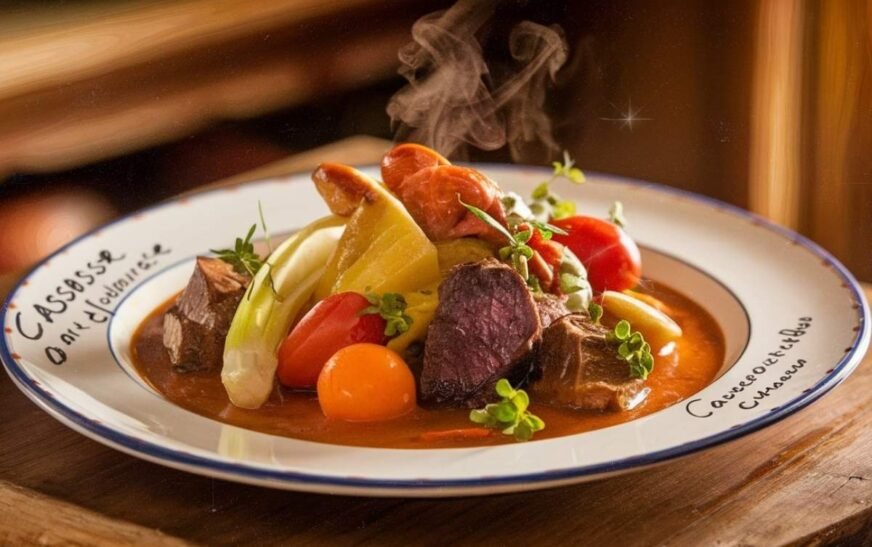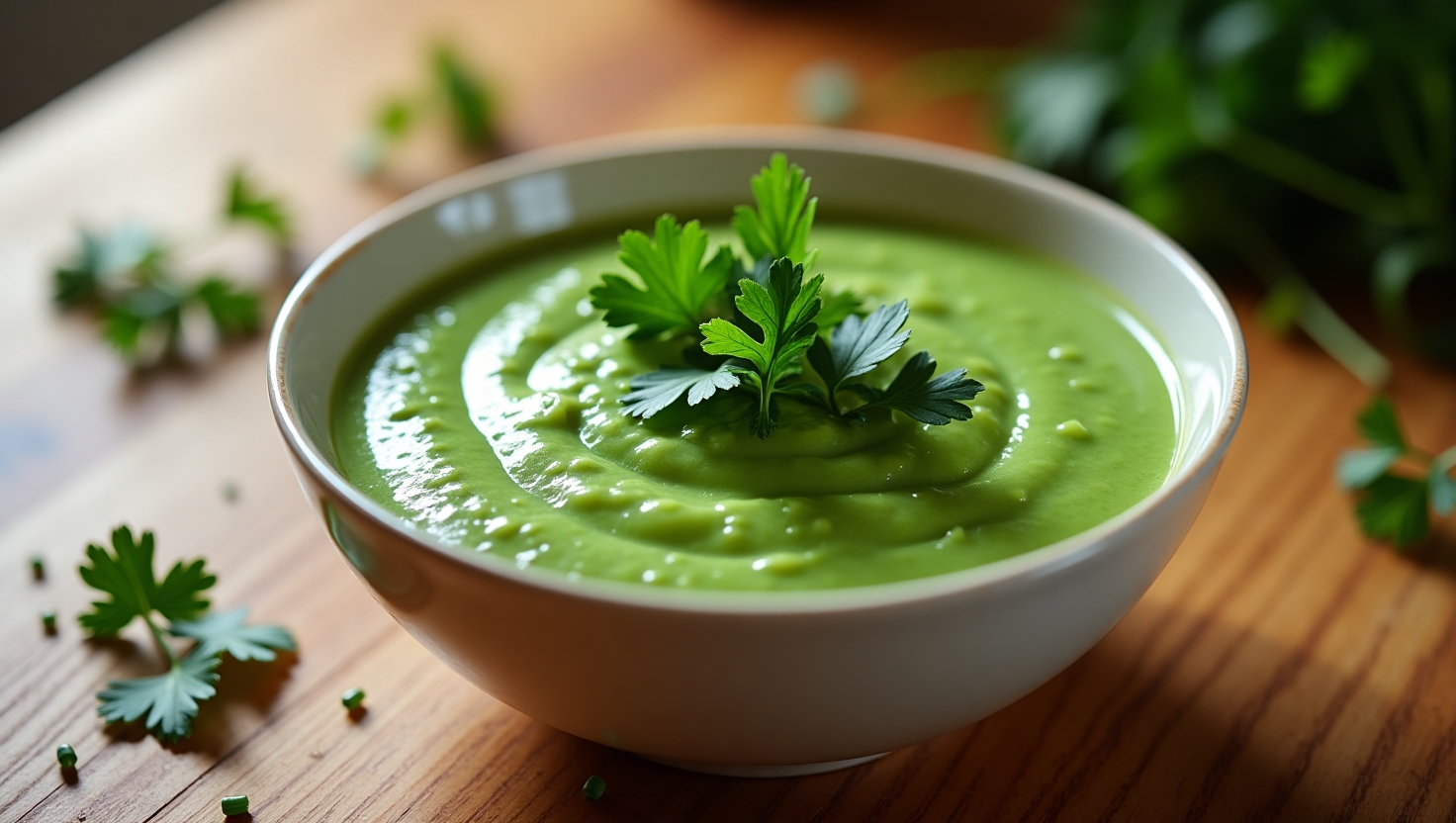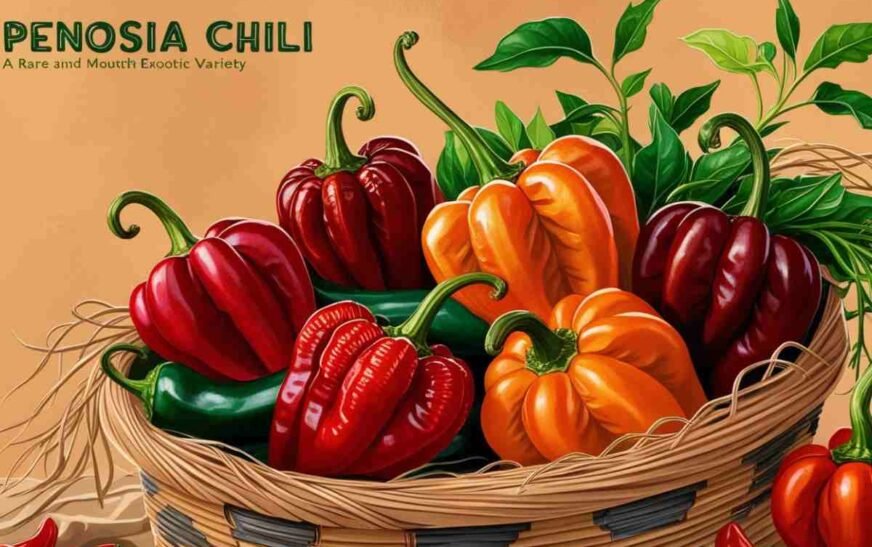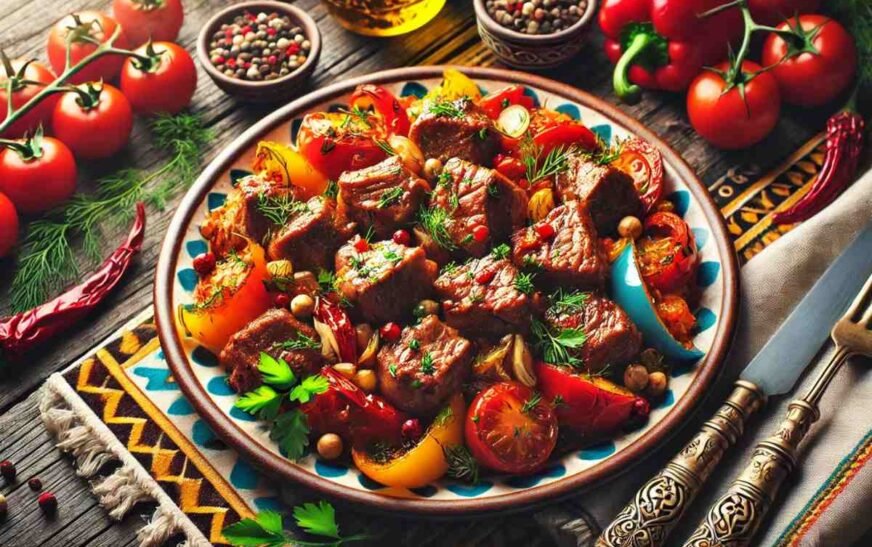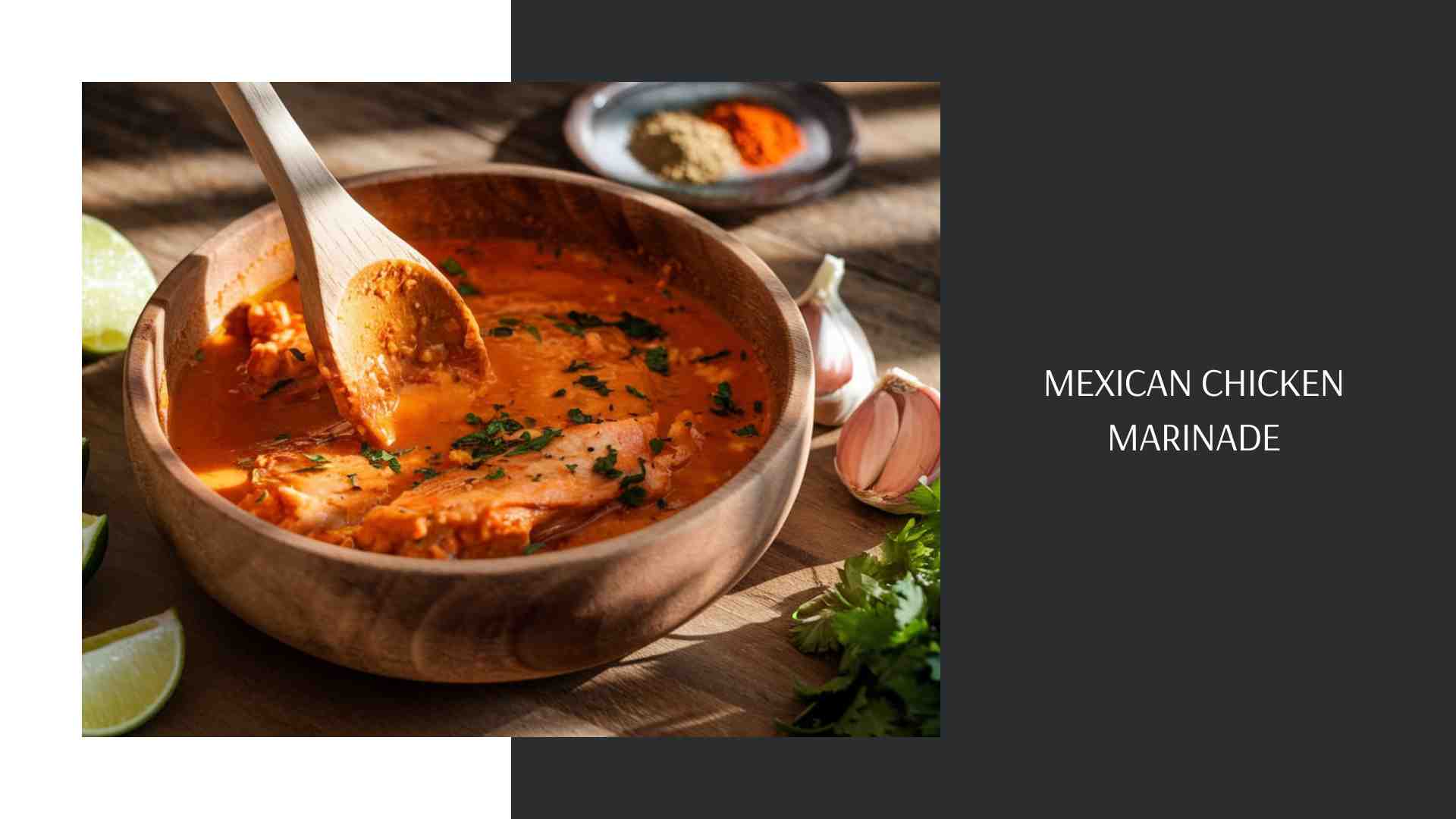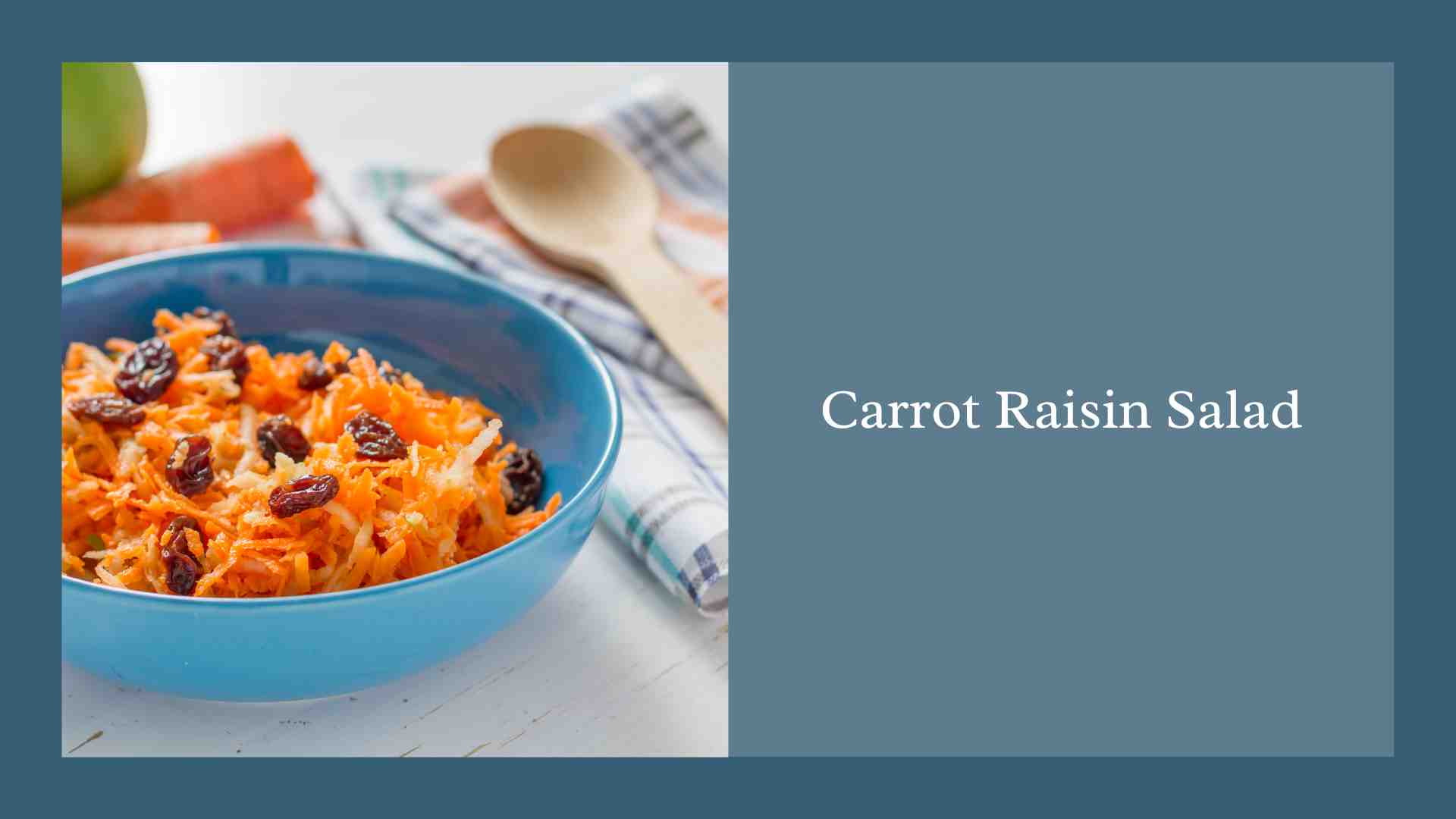Table of Contents
Cassasse, a delightful and versatile dish, holds a special place in the hearts of food lovers worldwide. Its rich flavors and comforting texture embody the essence of home-cooked meals that bring families together.
Often associated with cultural traditions and celebrations, Cassasse invites culinary creativity, allowing cooks to adapt and personalize it according to their tastes.
Whether served at festive gatherings or as a weeknight dinner, Cassasse is more than just a meal; it symbolizes community, heritage, and the joy of sharing food.
This article will explore the nutritional benefits, cultural significance, famous variations, serving suggestions, cooking techniques, and more, providing you with a comprehensive understanding of this remarkable dish.
Nutritional Benefits
Understanding the nutritional benefits of Cassasse is key to appreciating this flavorful dish. It is delicious and packed with essential vitamins, minerals, and dietary fiber, making it a nutritious option for various dietary needs.
Cassasse can support weight management and muscle-building goals with its combination of low-calorie and high-protein ingredients.
Let’s explore the key nutritional components that make this dish a wise choice for your diet:
- Vitamins: Packed with vitamins A, C, and several B vitamins, Cassasse can boost your immune system and overall health.
- Minerals: Rich in important minerals like iron, calcium, and magnesium, it supports bone health and enhances energy levels.
- Dietary Fiber: This dish is a good source of dietary fiber, which promotes healthy digestion and can help regulate blood sugar levels.
- Antioxidants: The colorful ingredients often used in Cassasse are loaded with antioxidants, which combat oxidative stress and reduce inflammation.
- Low-Calorie Options: With careful ingredient selection, Cassasse can be a delicious low-calorie meal, ideal for weight management.
- High-Protein Variants: By incorporating legumes or lean meats, this dish can easily serve as a high-protein option, perfect for those looking to build muscle.
- Vegetarian Choices: With plant-based ingredients, Cassasse can be tailored to suit vegetarian or vegan diets without sacrificing flavor or nutrition.
Cultural Significance

Cassasse’s cultural significance is deeply rooted in its history and the communities that cherish it. This dish symbolizes hospitality and togetherness, and it is often prepared for family gatherings and festivals.
Its preparation varies widely across regions, reflecting local traditions and ingredients. Let’s delve into the cultural contexts that highlight Cassasse’s importance:
- Historical Roots: Tracing its origins to ancient traditions, Cassasse has evolved while maintaining its cultural relevance.
- Festivals: Highlighting how Cassasse takes center stage during major cultural festivals and gatherings.
- Regional Variations: Discuss how different regions adapt the dish to reflect local ingredients and customs.
- Symbol of Community: Emphasizing the importance of sharing Cassasse among family and friends as a way to foster connection.
Famous Variations
Cassasse comes in many famous variations, showcasing its versatility across different cultures. Each region adds its unique twist, using local ingredients that enhance the dish’s appeal.
These adaptations celebrate local flavors and contribute to the dish’s global popularity. Here are some notable variations of Cassasse:
- Regional Twists: Describing how various regions incorporate local spices and ingredients into their Cassasse recipes.
- Cultural Fusion: Examining how globalization has influenced the evolution of Cassasse, resulting in hybrid versions.
- Traditional Recipes: Highlighting some of the most cherished traditional recipes and their significance in local cultures.
- Modern Innovations: Showcasing contemporary interpretations of Cassasse that cater to modern palates and dietary trends.
Serving Suggestions
Serving suggestions for Cassasse can elevate your dining experience. You can create a well-rounded meal that delights the palate by pairing it with complementary sides, sauces, and drinks. Here are some creative ideas for serving Cassasse:
- Complementary Sides: Suggestions for sides that pair well with Cassasse, adding texture and flavor.
- Sauces and Dressings: Ideas for sauces that enhance the dish, balancing its flavors perfectly.
- Beverage Pairings: Recommendations for drinks complementing the meal, making it a complete dining experience.
- Presentation Tips: Creative presentation ideas to make your Cassasse visually appealing and appetizing.
Cooking Techniques

Mastering the cooking techniques associated with Cassasse can lead to a delicious outcome. Various methods can be used, each offering different flavors and textures. Here are some essential cooking techniques to consider when preparing Cassasse:
- Basic Techniques: An overview of the essential cooking techniques for preparing Cassasse.
- Tips for Beginners: Practical advice to help novice cooks succeed in their first attempt.
- Advanced Methods: Exploring more advanced techniques for experienced cooks looking to refine their skills.
- Equipment Suggestions: Recommendations for kitchen tools that can facilitate cooking and yield better results.
Ingredient Spotlight
The key ingredients of any recipe are an essential component. In the case of Cassasse, various ingredients contribute to its distinct flavors and textures.
Here’s an in-depth look at some of the primary ingredients used in this dish:
- Legumes: Often the base of Cassasse, legumes like beans and lentils provide protein and fiber, making the dish hearty and nutritious.
- Vegetables: A colorful array of vegetables enhances the dish’s nutritional profile and adds flavor. Common choices include peppers, tomatoes, and onions.
- Spices: A blend of spices can elevate the taste of Cassasse, with popular options including cumin, coriander, and paprika.
- Proteins: Various proteins, such as chicken, beef, or plant-based alternatives, can be added to customize the dish to individual preferences.
- Grains: Depending on the region, grains like rice or quinoa may accompany Cassasse, making it a satisfying meal.
Common Mistakes to Avoid
While preparing Cassasse can be rewarding, there are some common pitfalls to watch out for. Understanding these mistakes can help you achieve the best results and enjoy a delicious dish.
Here are some pitfalls to avoid when making Cassasse:
- Overcooking Ingredients: Overcooked vegetables can lose their texture and flavor. Be mindful of cooking times for each ingredient.
- Under-seasoning: Failing to season adequately can result in a bland dish. Taste as you cook and adjust the seasoning as needed.
- Ignoring Cooking Techniques: Using the wrong technique can affect the dish’s outcome. Pay attention to the recommended cooking methods for each ingredient.
- Not Allowing Flavors to Meld: Giving the dish time to simmer helps flavors develop and enhances the overall taste.
Fun Facts
To deepen your connection with Cassasse, here are some fun facts that you might not know:
- Culinary History: Cassasse has roots in various culinary traditions, with each culture adding its unique touch to the dish.
- Festive Dish: Cassasse is a staple in many cultures during festivals and celebrations, symbolizing abundance and togetherness.
- Global Popularity: This dish has gained popularity worldwide, creating creative adaptations and fusion recipes in diverse culinary landscapes.
- Comfort Food: Cassasse is often regarded as comfort food, bringing warmth and nostalgia to those who enjoy it.
Preparation Steps
Preparing Cassasse is an enjoyable process that allows you to experiment with flavors and ingredients. Here’s how to make it:
- Gather all ingredients and equipment.
- Prepare vegetables by chopping them into bite-sized pieces.
- Cook legumes according to package instructions until tender.
- In a large pot, sauté onions and garlic until fragrant.
- Add vegetables and spices, cooking until softened.
- Incorporate cooked legumes and proteins, stirring to combine.
- Allow the mixture to simmer, letting the flavors meld.
- Taste and adjust seasoning as needed.
- Serve hot, garnished with fresh herbs if desired.
Ingredients and Preparation
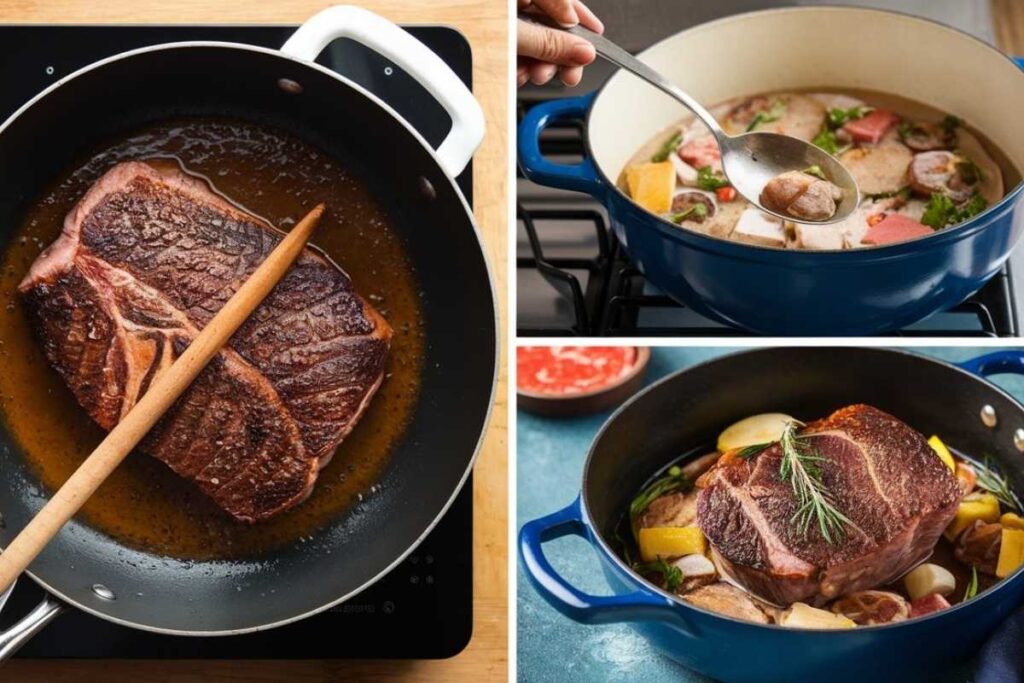
Ingredients
- Legumes (e.g., beans, lentils)
- Vegetables (e.g., bell peppers, tomatoes, onions)
- Proteins (e.g., chicken, beef, or plant-based alternatives)
- Spices (e.g., cumin, coriander, paprika)
- Grains (e.g., rice, quinoa)
- Fresh herbs (e.g., cilantro, parsley) for garnish
Preparation
- Prepare all ingredients as outlined above.
- Follow the preparation steps to create your delicious Cassasse dish.
Conclusion
Cassasse is a dish that embodies the spirit of culinary creativity and cultural heritage. Its rich flavors and nutritional benefits make it a fantastic choice for anyone looking to enjoy a satisfying and wholesome meal.
You can appreciate this dish even more by exploring its cultural significance, variations, and serving suggestions.
We invite you to try preparing Cassasse, and we’d love to hear about your experiences and any personal twists you add to the recipe in the comments below.
Frequently Asked Questions (FAQs)
How should leftovers be stored?
Leftovers can be stored in an airtight container in the refrigerator for up to three days. Reheat thoroughly before serving.
What are common substitutions for ingredients?
You can substitute legumes with other beans or lentils, use vegetable broth instead of meat broth, and choose any vegetables you have on hand.
Can it be made ahead of time?
Yes, Cassasse can be prepared ahead of time. The flavors often improve after sitting in the refrigerator for a day.
Is it suitable for specific diets?
Depending on the ingredients used, casasse can be adapted to various vegetarian, vegan, gluten-free, and low-carb diets.
What is the best way to reheat Cassasse?
Reheat in a pot over medium heat, adding a splash of water or broth if it’s too thick. Stir occasionally to ensure even heating.
Can Cassasse be frozen?
Yes, Cassasse freezes well. Store it in airtight containers or freezer bags for up to three months.
What sides pair well with Cassasse?
To complete the meal, serve Casasse with rice, quinoa, or a side salad.
How do I enhance the flavor of Cassasse?
Enhance flavor by using fresh herbs, spices, and a splash of citrus juice before serving.

